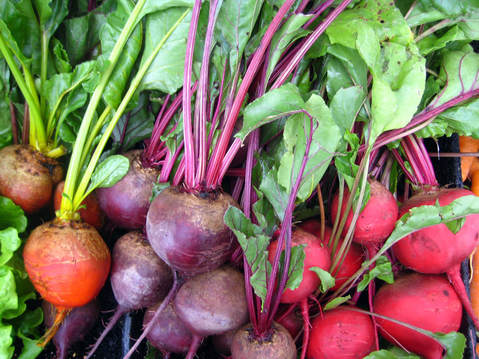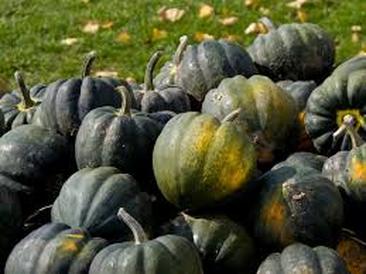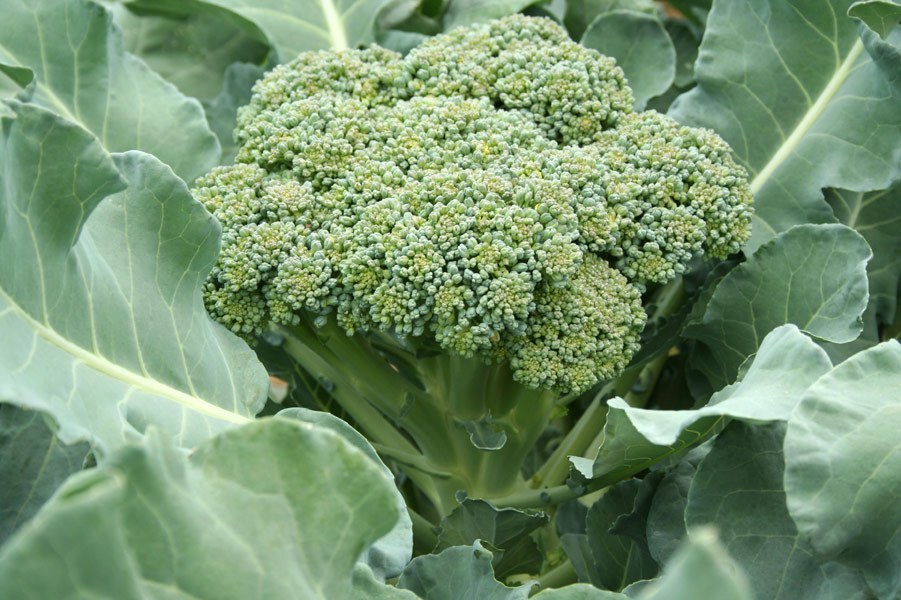To that end... Welcome! Grab some greens and let's proceed.
Lots of Greens - Some Roots, Eggs. As the nights are still a little chilly, greens are one of the few things that not only take the cold but deepen in flavor as temperatures fluctuate. All manner of salad greens including arugula, bok choy, rapini (kind of like kale-y broccoli), some farms have beets, turnips, radishes and spinach. Green onions are also available.
One of many great things about joining a CSA is that is is not just a two way relationship between farmer and consumer but a community supporting a farm together - many CSAs have private facebook groups or create pinterest pages where members share recipes with the week's produce box. Been thinking of a CSA? -find one here.
Radishes: Great raw or just cut up and lightly dressed, here are 10 more ways to use them.
Beets: See our previous post on beets here
Turnips: Smash them and coat them with parmesan cheese
Rapini: this garlic and veggie broth treatment from Rachel Ray will work for most any green you come across.
Bok Choy: Best stir fried, roasted or sauteed, learn more about this Asian green here.
Salad Greens: If you find yourself in quarentine without your favorite dressing - fear not. Once you have the ratio of ingredients right you can make amazing dressing from ingredients you already have. 19 variations here.
General recipes - you can't go wrong with a quiche of local spinach and eggs or a roasted pan of root veggies on a cold evening.
Wise farmer Ilene of House in the Woods farm just over the line in Frederick County once said that in Maryland you can make they typical house salad but not all at the same time. In other words, now is the era of the greens, salad and otherwise. Despite masterful season extension measures, greens wilt in the heat of summer- the heat tomatoes, cucumbers and other salad items need to get started. That being said, strawberries are just around the corner (obviously pick-your-own's will be operating a little differently this year, more on that as we hear how each farm is managing.) Blueberries come after that followed by tomatoes and squashes, cucumbers, eggplant and all the typical vegetables.
Eating local is a way of learning something new - not just what grows when but how to cook it. You may not like everything you try but you will surely find a few favorite and gain kitchen confidence in the process, all while supporting your local farmer.













